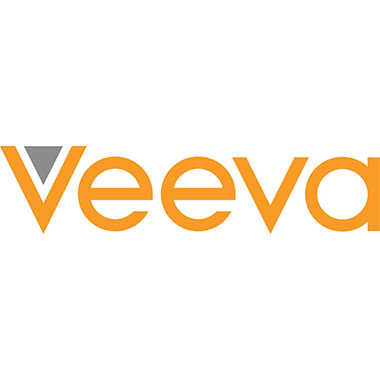
Baxter Hillrom is recalling its WatchCare Incontinence Management System (IMS) following reports that the radiofrequency emissions (RF) from WatchCare devices may interfere with other medical devices.

Baxter Hillrom is recalling its WatchCare Incontinence Management System (IMS) following reports that the radiofrequency emissions (RF) from WatchCare devices may interfere with other medical devices.

Holmes, who was found guilty in January on three counts of investor fraud and one count of conspiracy to commit fraud related to her blood-testing startup, faced up to 20 years in prison for each guilty count.

The guidance is intended to clarify the FDA’s approach for referencing the terms “device” and “counterfeit device” in FDA documents, as well as how the agency intends to interpret existing references to section 201(h) of the FD&C Act in guidance, regulatory documents, communications and other public documents.

By applying HFE principles early on, packaging design can evolve beyond usability evaluations in product development cycles to ultimately ensure a better user experience and safe execution.

Cybersecurity, remanufacturing of devices and chemical analysis for biocompatibility assessment of medical devices are among the topics FDA plans to address through draft and final guidances in 2023.

Mahofski will be responsible for identifying and pursuing acquisition opportunities that complement RQM+’s core regulatory services and provide a comprehensive range of fully integrated outsourced solutions to help get MedTech products to market faster and ensure ongoing regulatory compliance.

The draft guidance proposes updates to clarify how the Breakthrough Devices Program may be applicable to certain medical devices that promote health equity, as well as considerations in designating eligible devices that may benefit populations impacted by disparities in health and health care.

As data, rather than document-based dossiers, become the focus for regulatory processes, regulatory affairs managers need to consider whether team skill sets need to be refreshed to reflect new ways of working.

The updated guidance document clarifies what constitutes a statement of the basis for the deficiency and includes examples of well-constructed deficiencies and industry responses to facilitate a more efficient review process.

Veeva Vault CRM for Medtech is a unified customer relationship management (CRM) and content management application built for medtech sales teams, key account managers and medical affairs professionals.